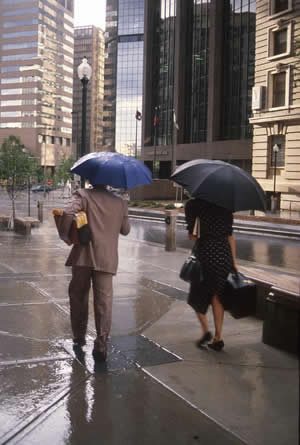Urban areas can help make clouds and rain fall within or downwind of the city.
Click on image for full size
Courtesy of the University Corporation for Atmospheric Research
Weather in Urban Areas
Scientists have found that it rains more around cities than in other places nearby. They suspect that cities can affect the weather and have several different ideas about how this might happen. Each of these ideas is called a hypothesis. Scientists are studying each hypothesis to figure out why it is extra rainy in cities.
One hypothesis is that the urban heat island effect is to blame for all the extra rain. The heat island effect warms air in cities. Warm air rises. It cools as it rises. This causes the water vapor in it to condense and make clouds. If the warm, rising air was carrying enough water vapor, those clouds can grow into rainclouds.
Another hypothesis is that when wind hits the skyscrapers and other tall buildings in a city it is pushed up higher in the atmosphere. As the air flows upward it cools, allowing water vapor to condense, forming rainclouds.
Tall buildings might have another effect that causes clouds and rain. Wind may divide to get around a city with some of it blowing around one side of the city and some of it blowing around the other side. Past the city, the wind comes back together. It collides, flows upward, cools, and releases water vapor forming clouds.
Air pollution in cities may also affect cloud formation and rain. Water vapor condenses on tiny particles in the air pollution, forming the droplets that make a cloud.
Last modified July 15, 2009 by Lisa Gardiner.
You might also be interested in:
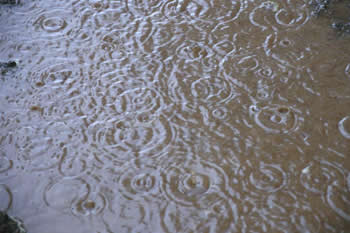
Raindrops form when tiny water droplets collide together in clouds to form bigger ones. When they get too heavy, rain falls out of the clouds. Rain is more than 5mm in diameter. The types of clouds that
...more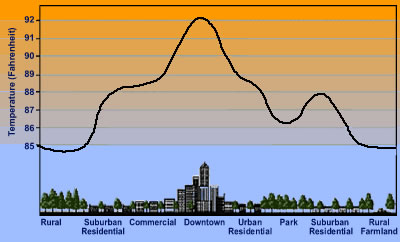
It often feels a bit warmer in a city than it does in a nearby rural area. This is called the urban heat island effect. What makes cities warmer? Urban heat islands form because the buildings, roads,
...more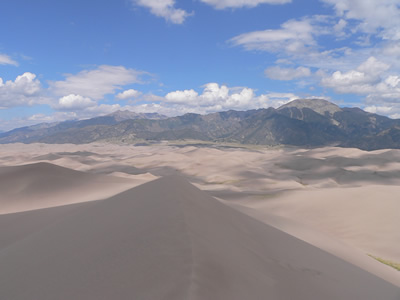
A cloud is composed of tiny water droplets or ice crystals. A series of things have to happen in order for these water droplets or ice crystals to form into clouds in the atmosphere, and different types
...more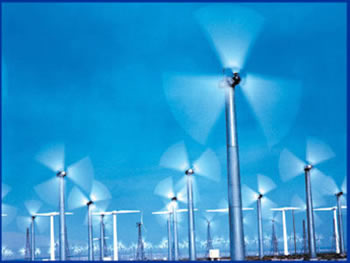
Wind is moving air. Warm air rises, and cool air comes in to take its place. This movement creates the winds around the globe. Winds move at different speeds and have different names based on their speed.
...more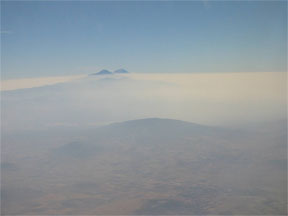
Have you ever heard of air pollution? Air pollution is not new. 700 years ago, when people started burning large amounts of coal 700 years ago in London, England, they complained about the dust and soot
...more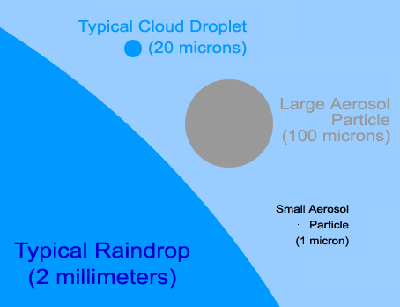
When you look up at the sky, you are looking at more than just air. There are also billions of tiny bits of solid and liquid floating in the air. These tiny particles are called aerosols or particulates.
...more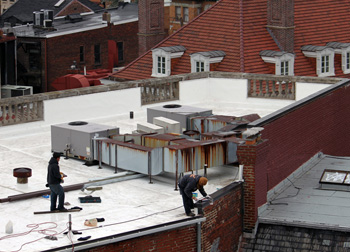
Cities are affected more by global warming than rural areas. Roads, dark roofs and other surfaces in cities hold onto heat from the Sun. This creates an urban heat island effect that can raise the temperature
...more


